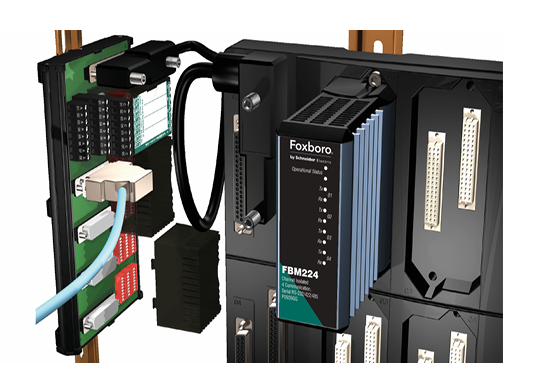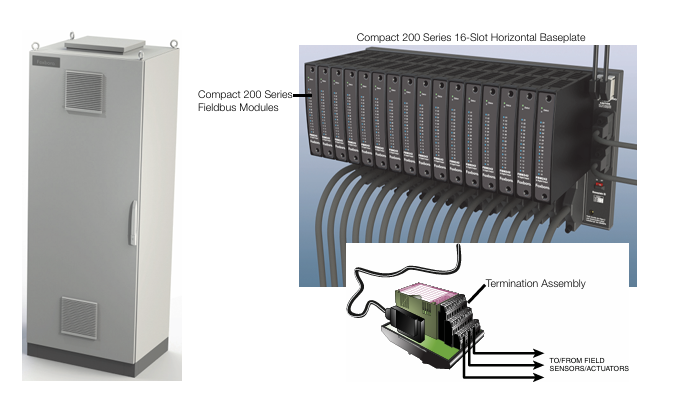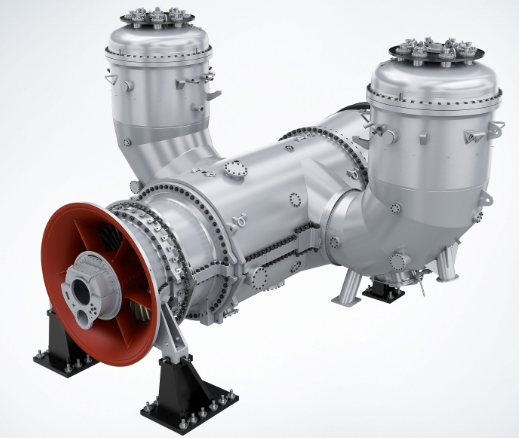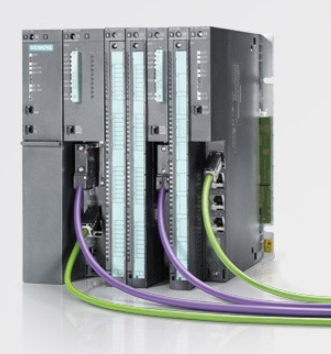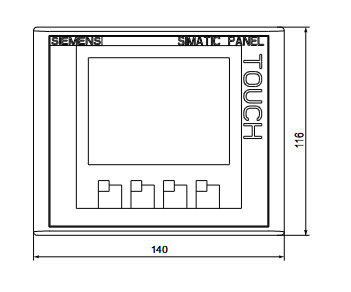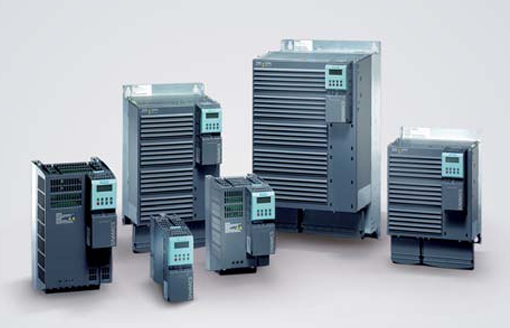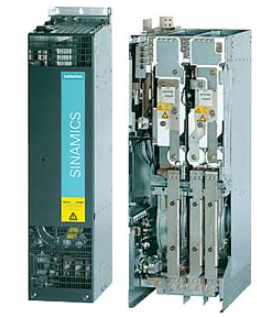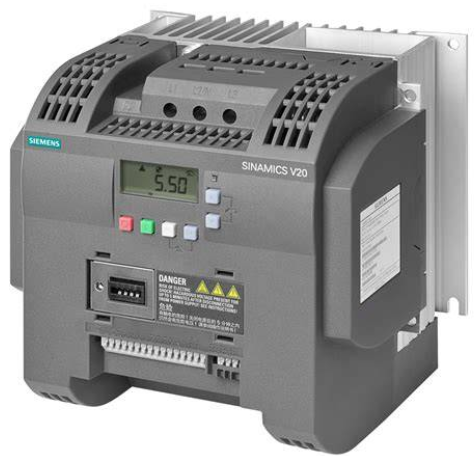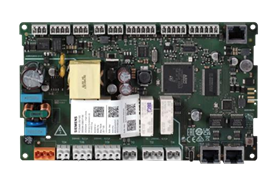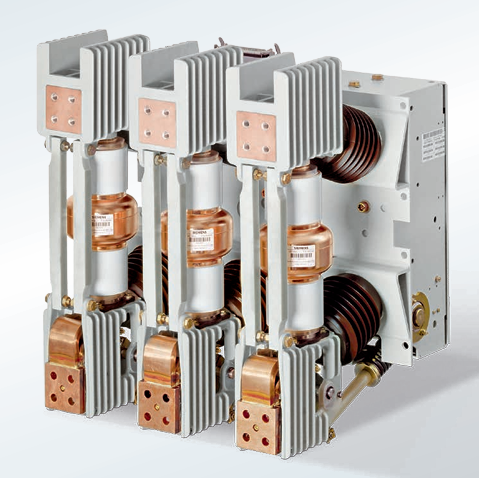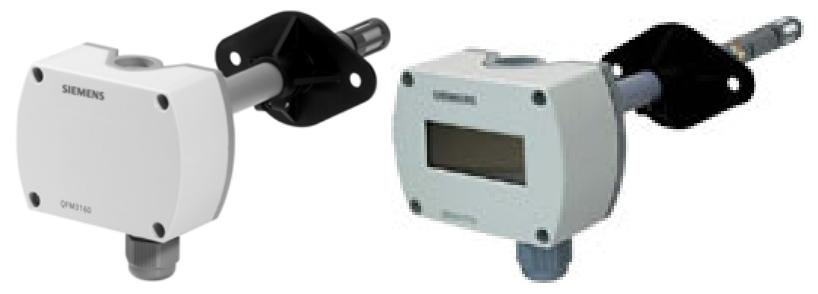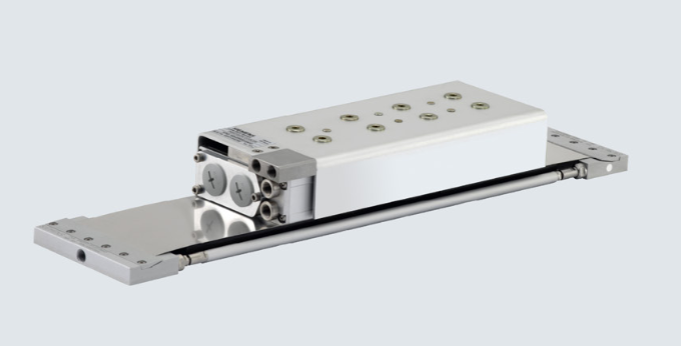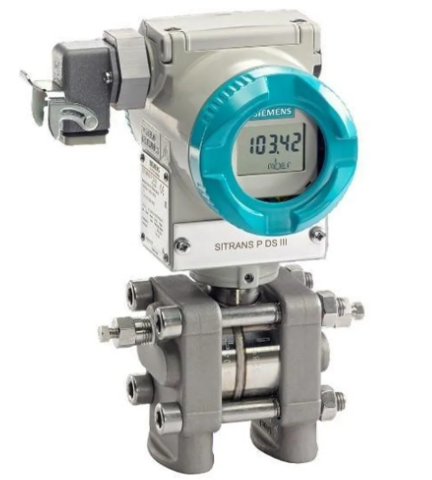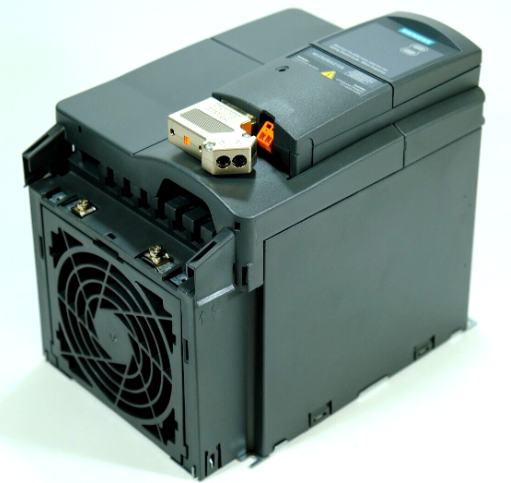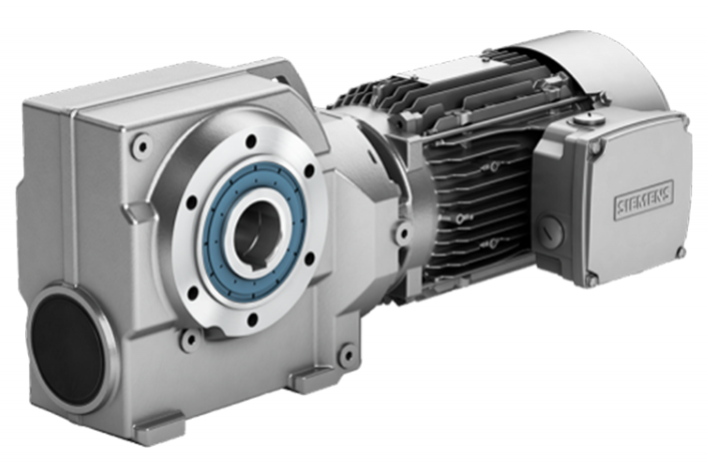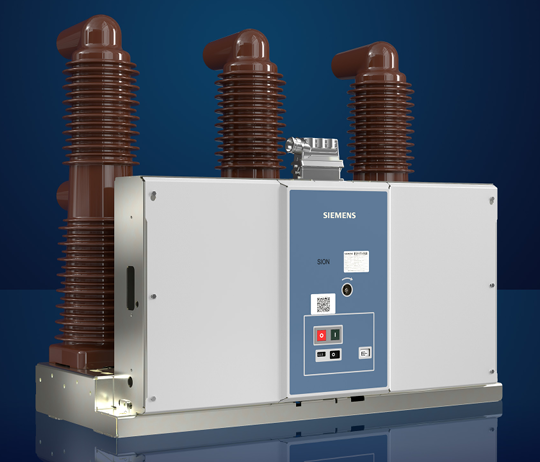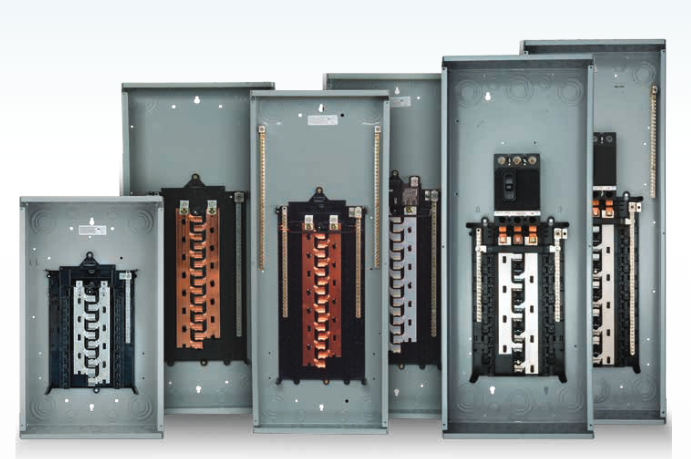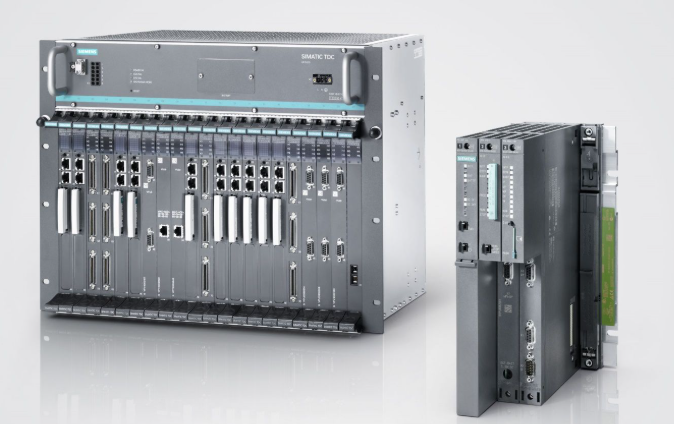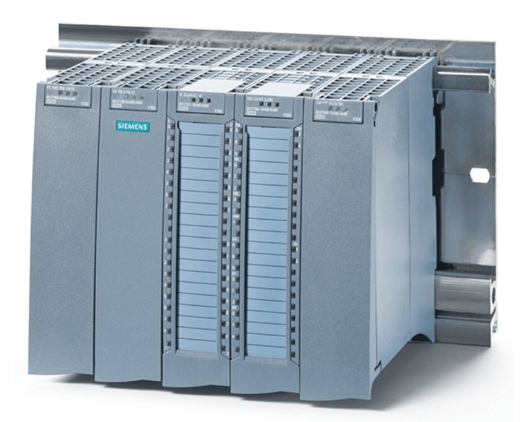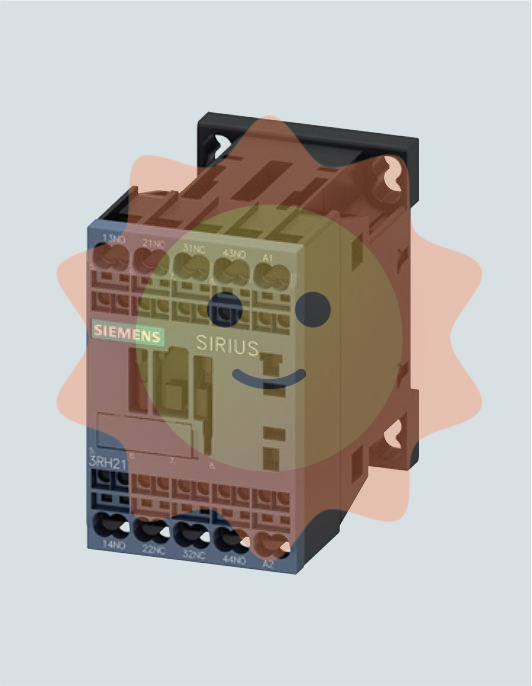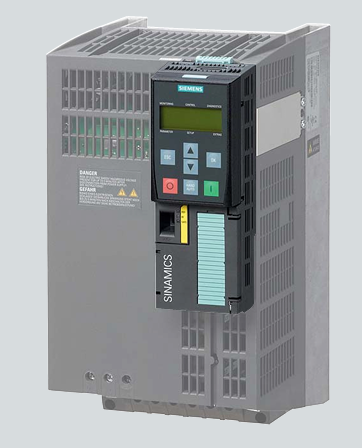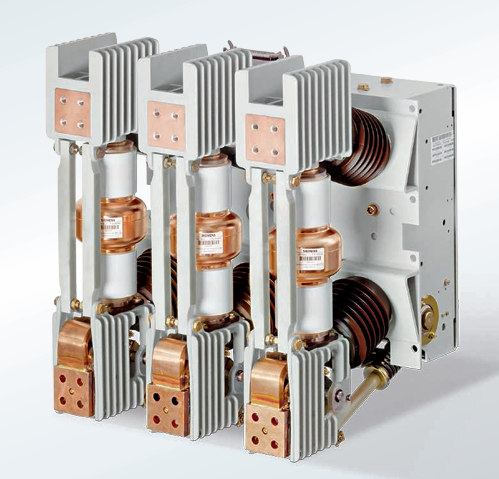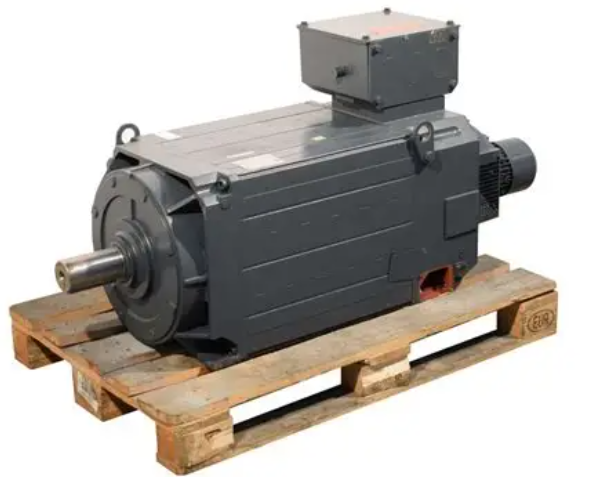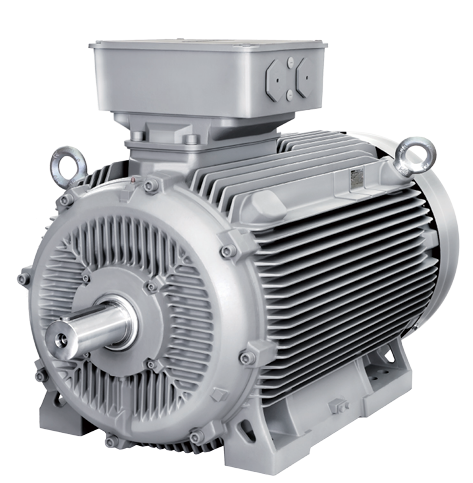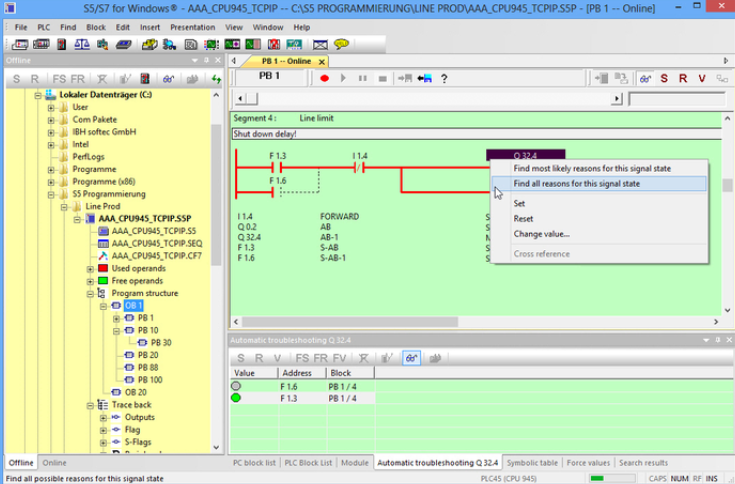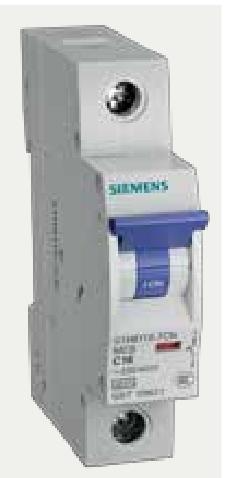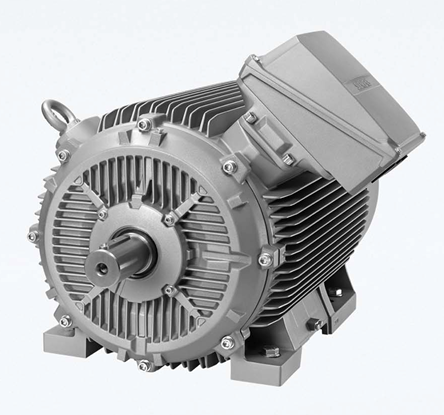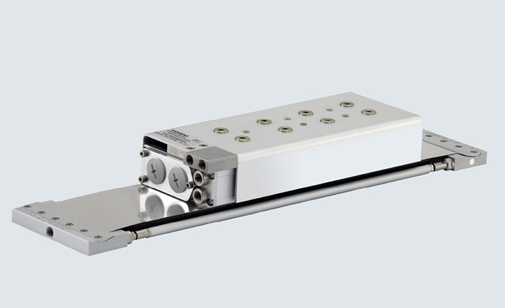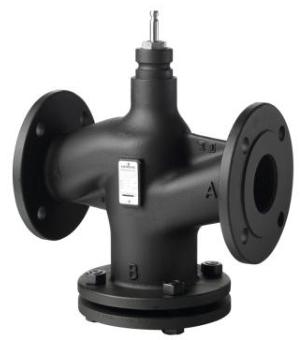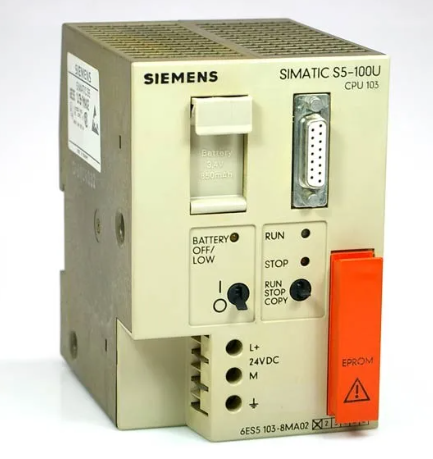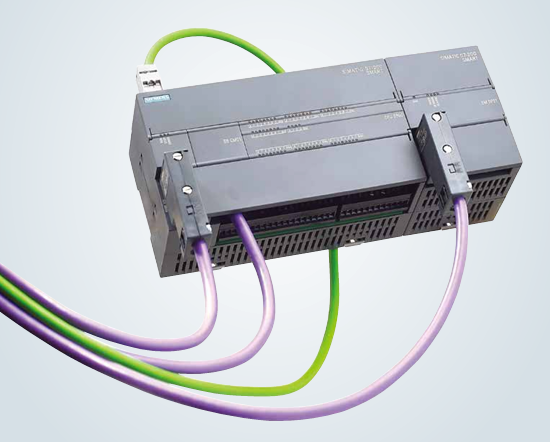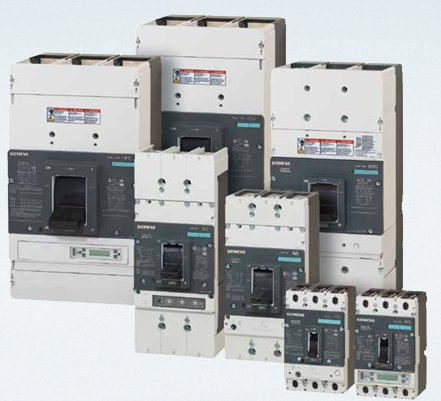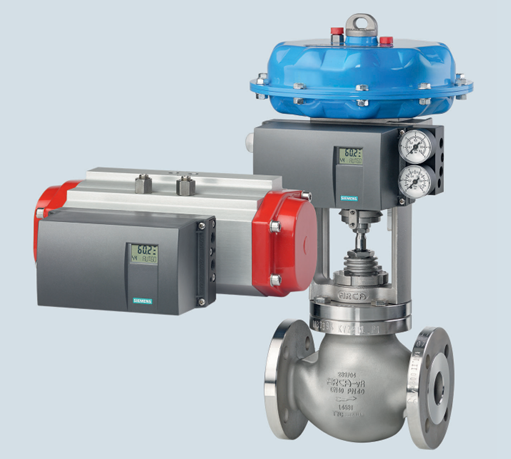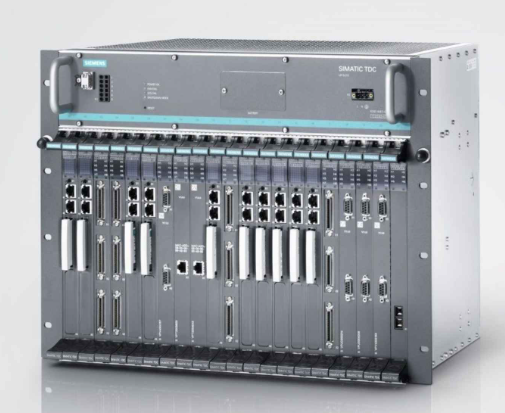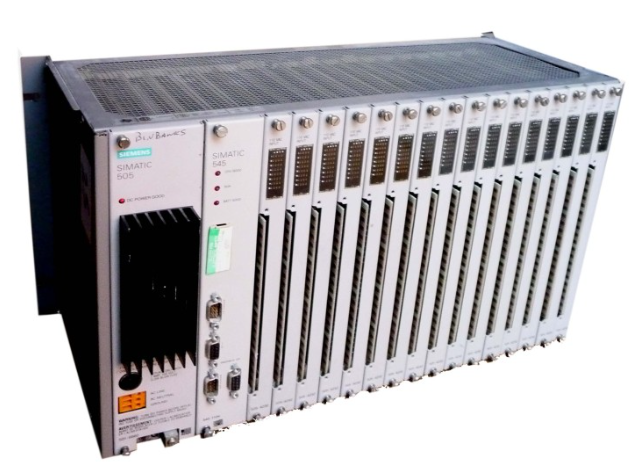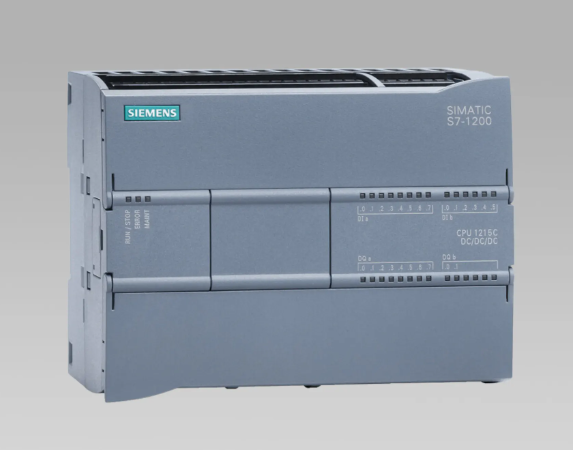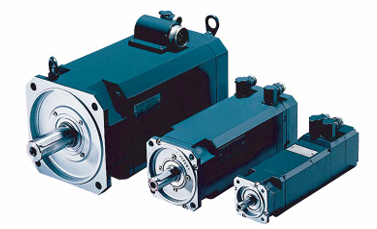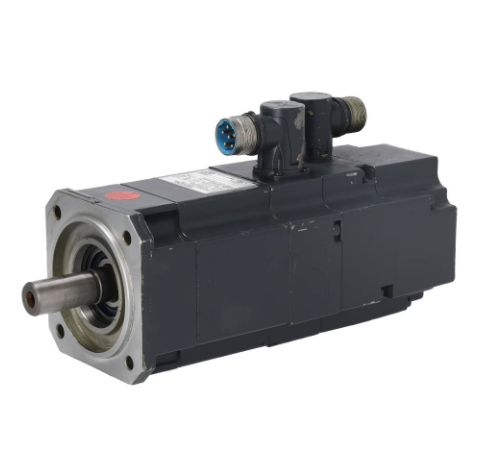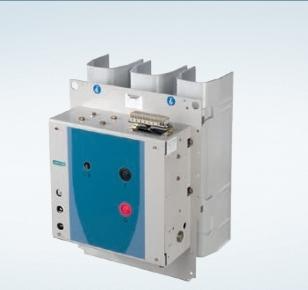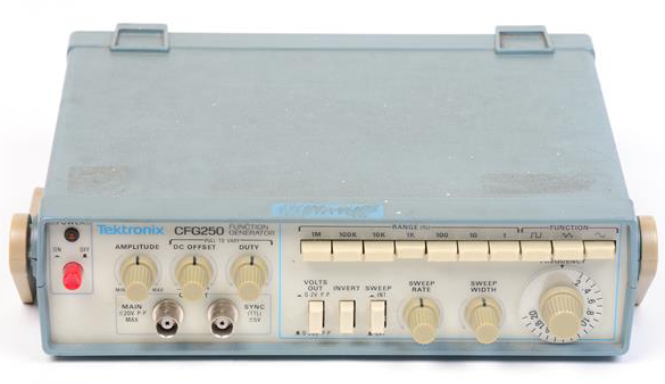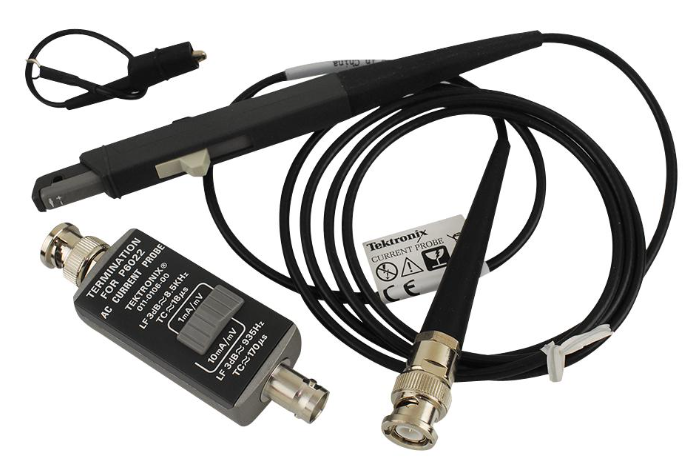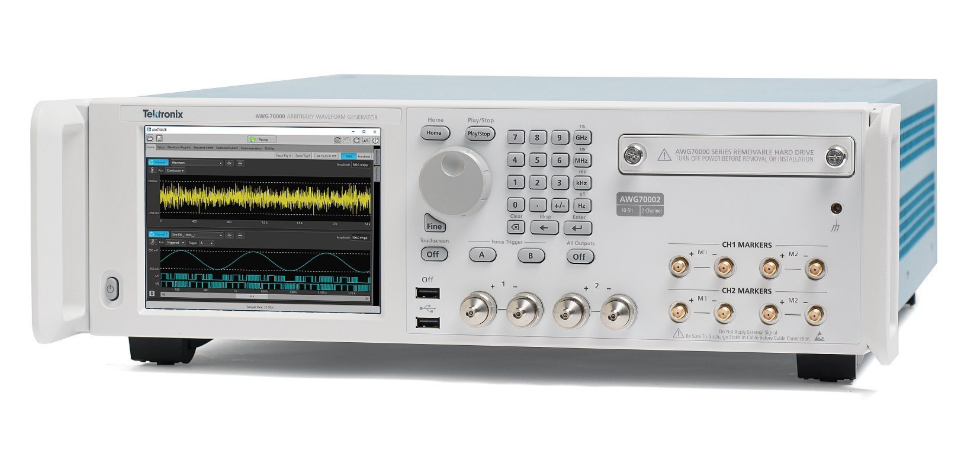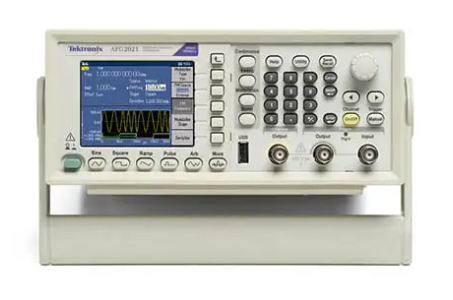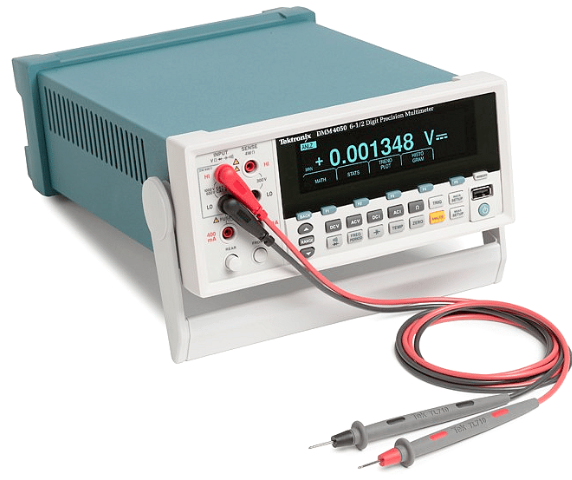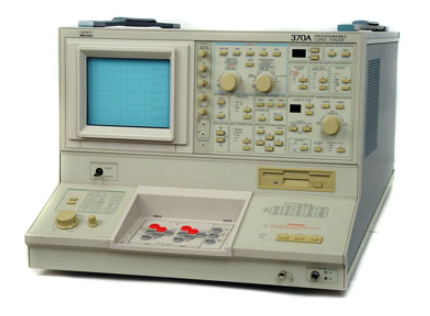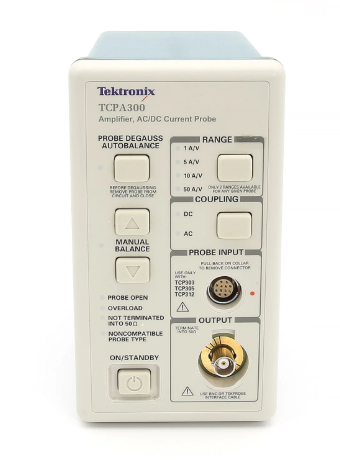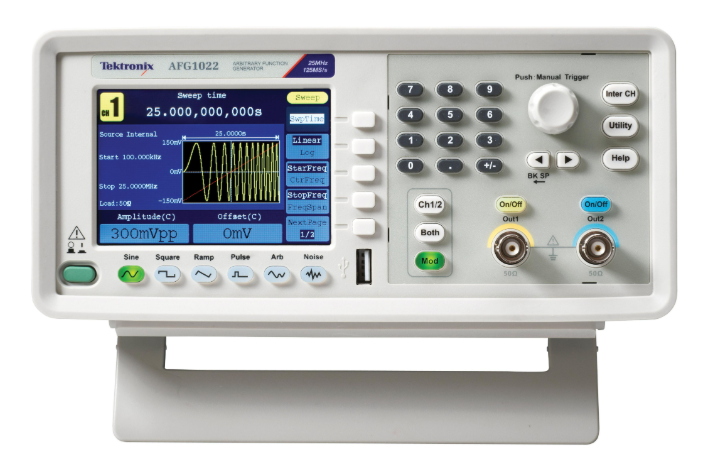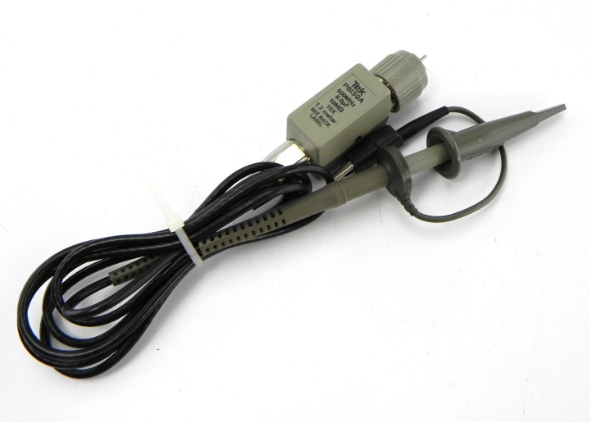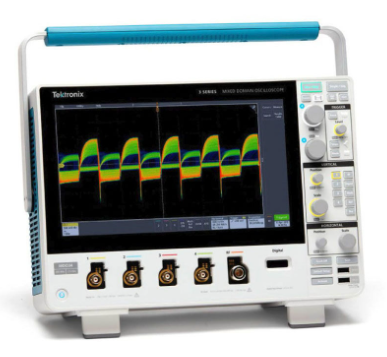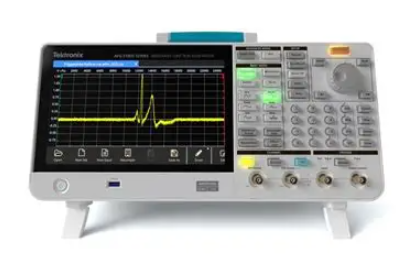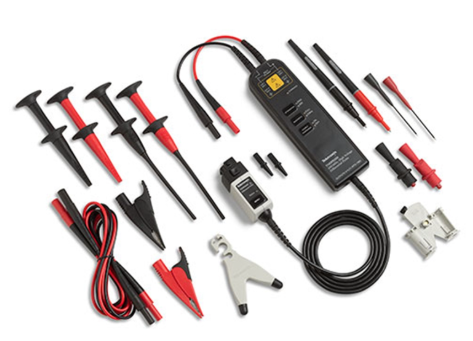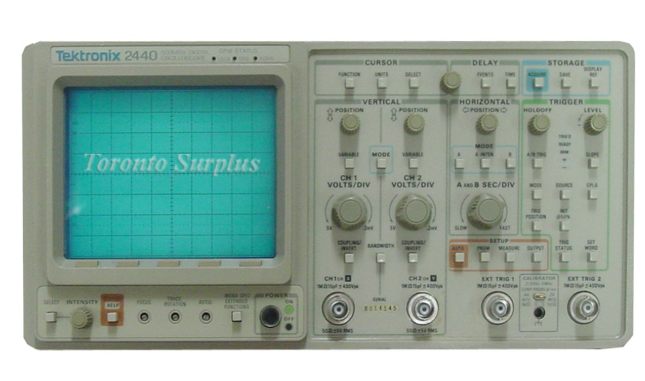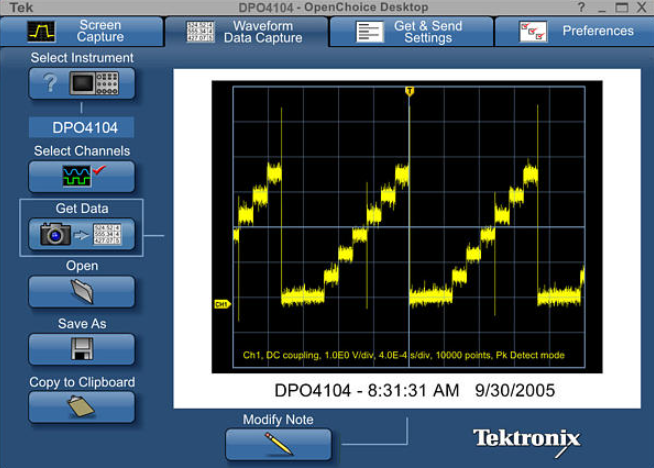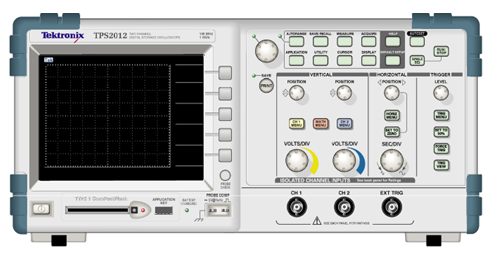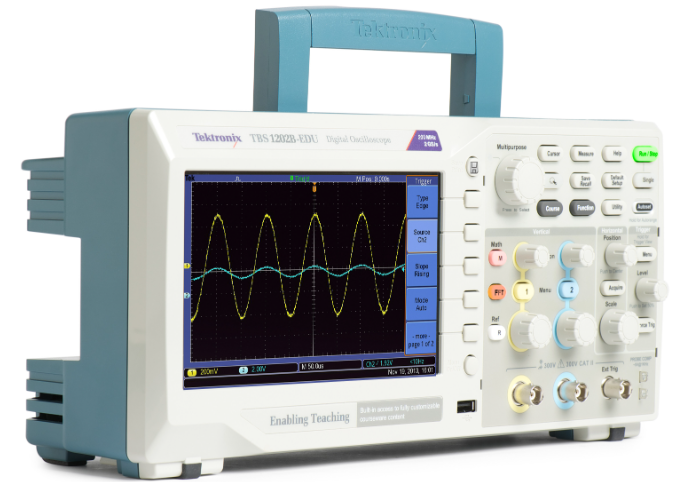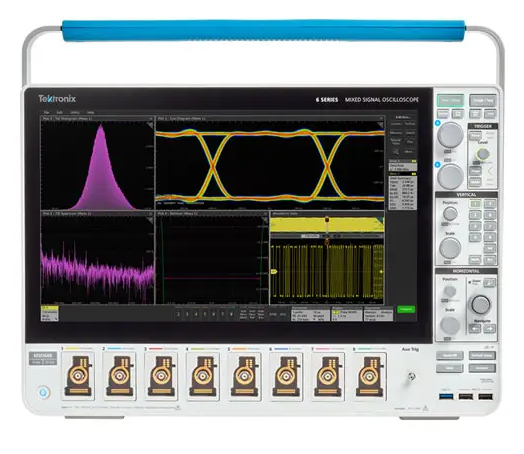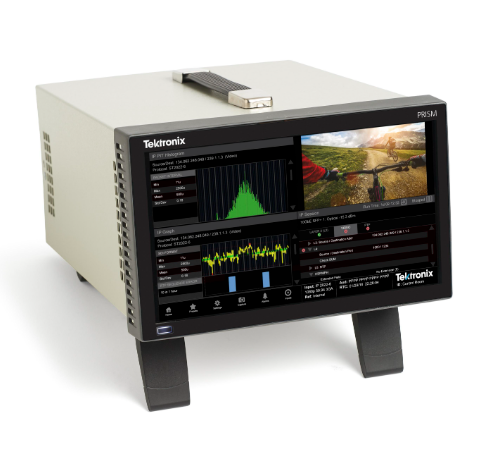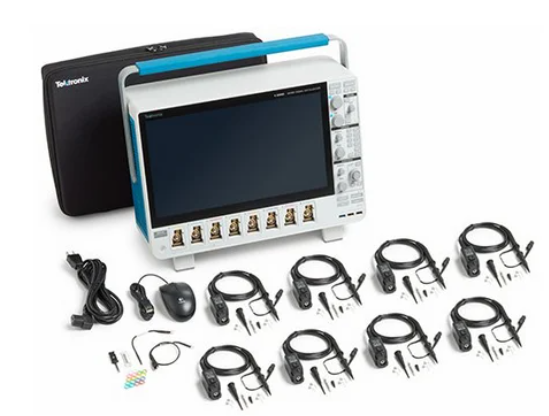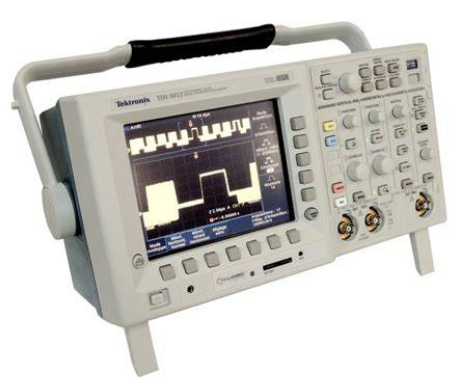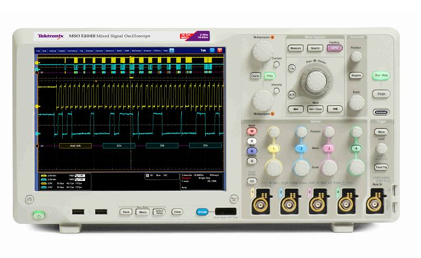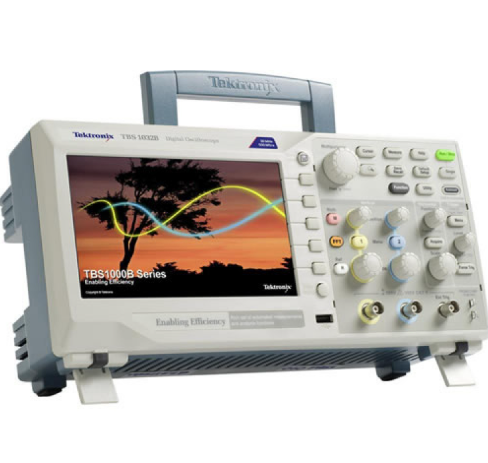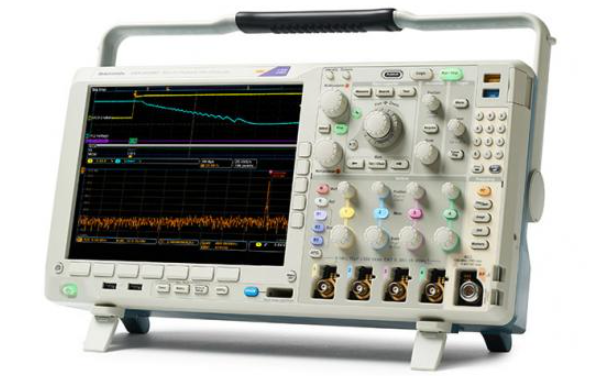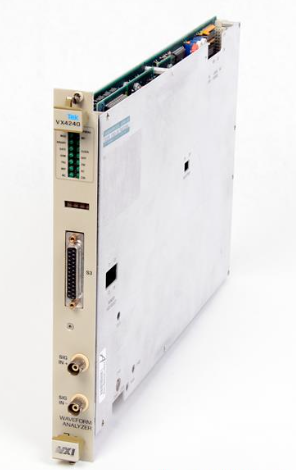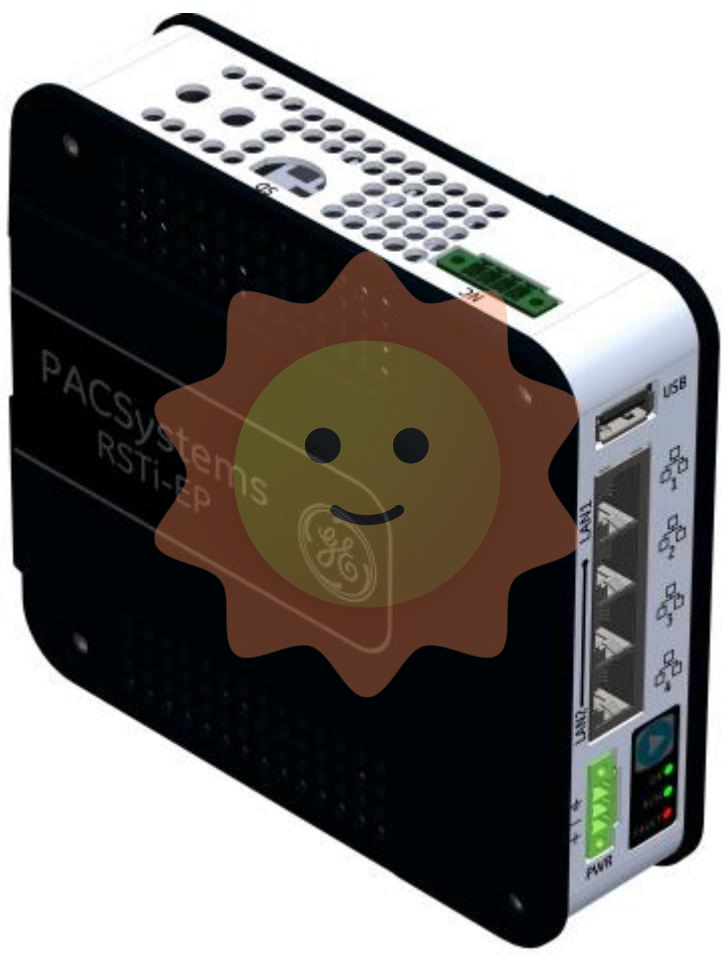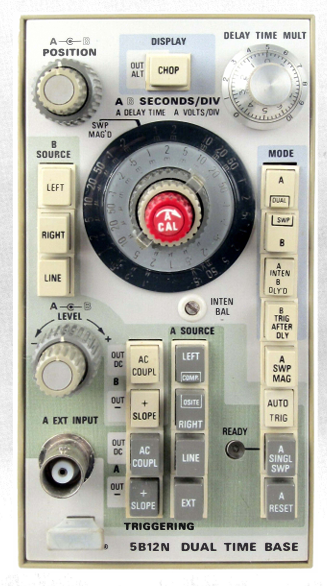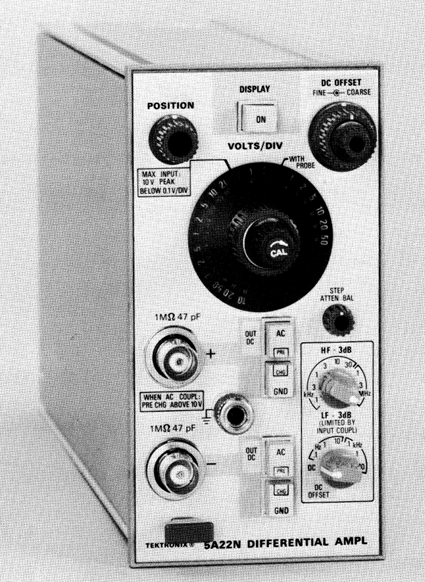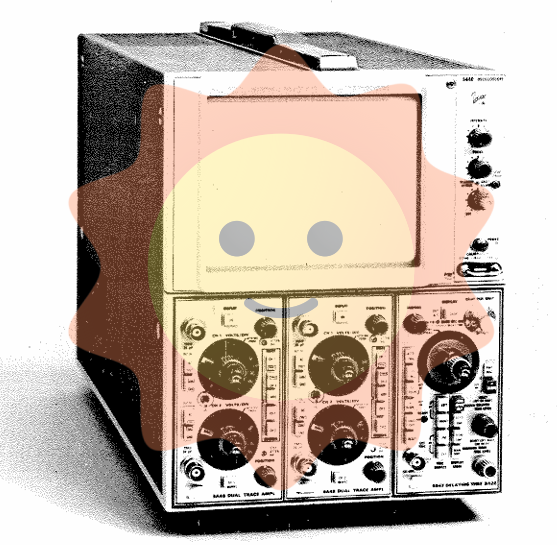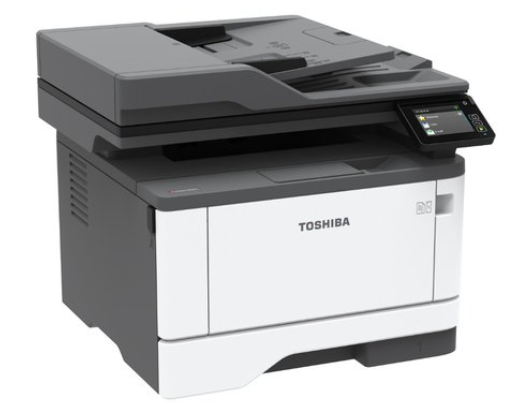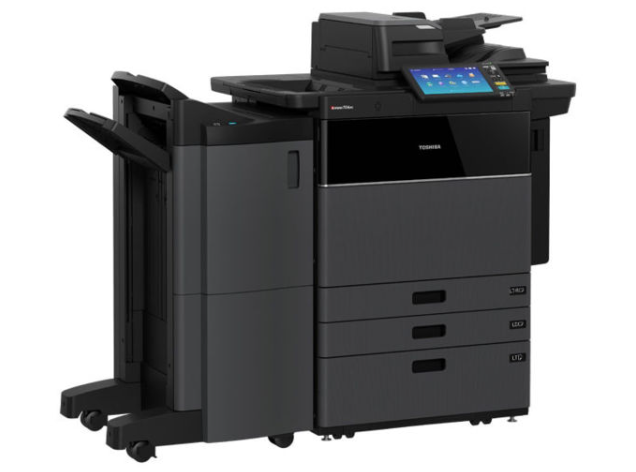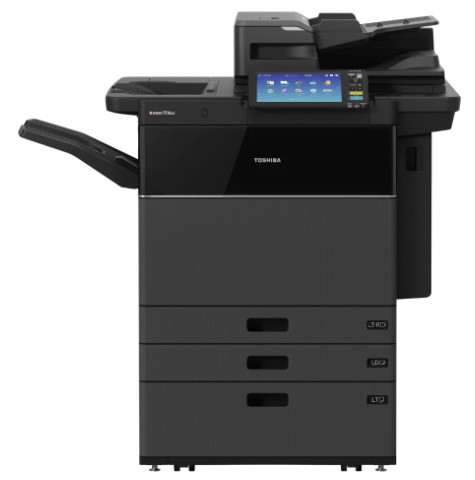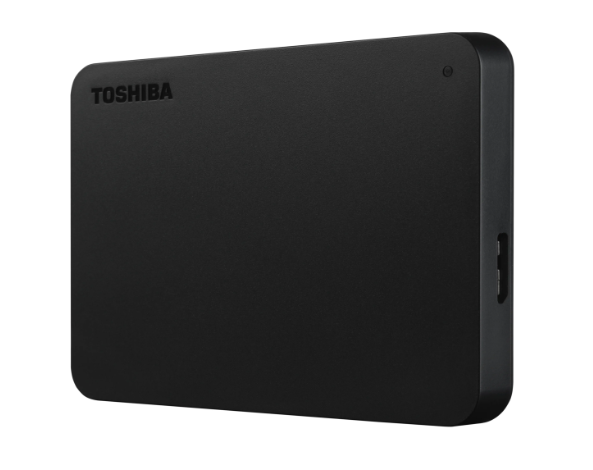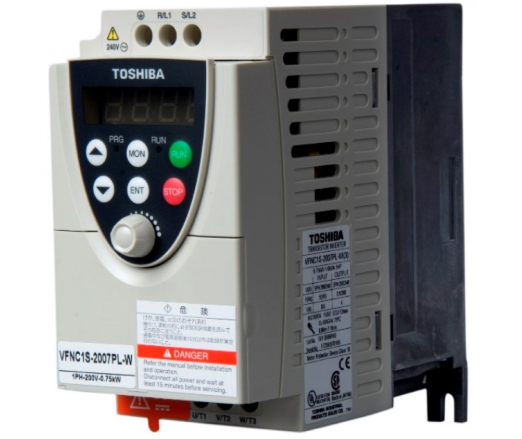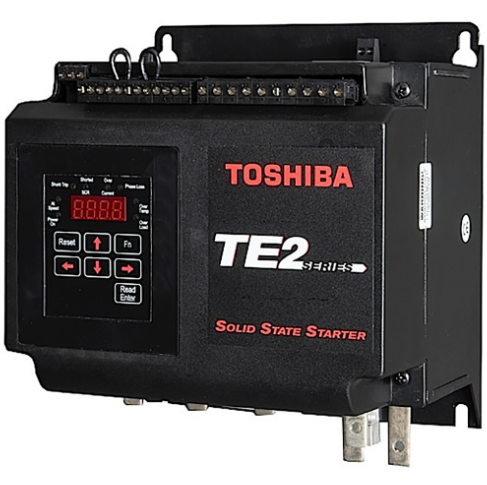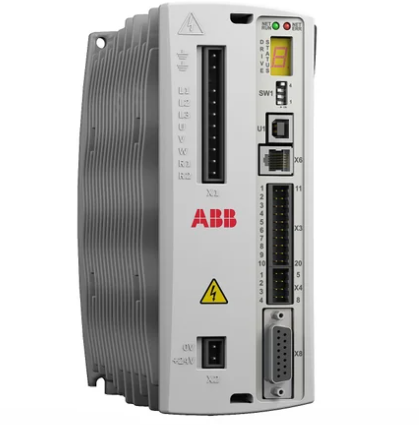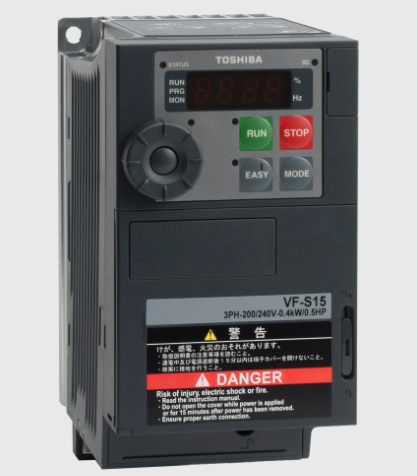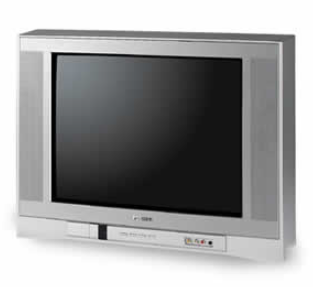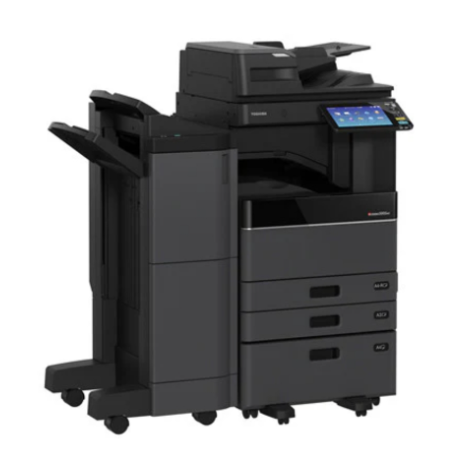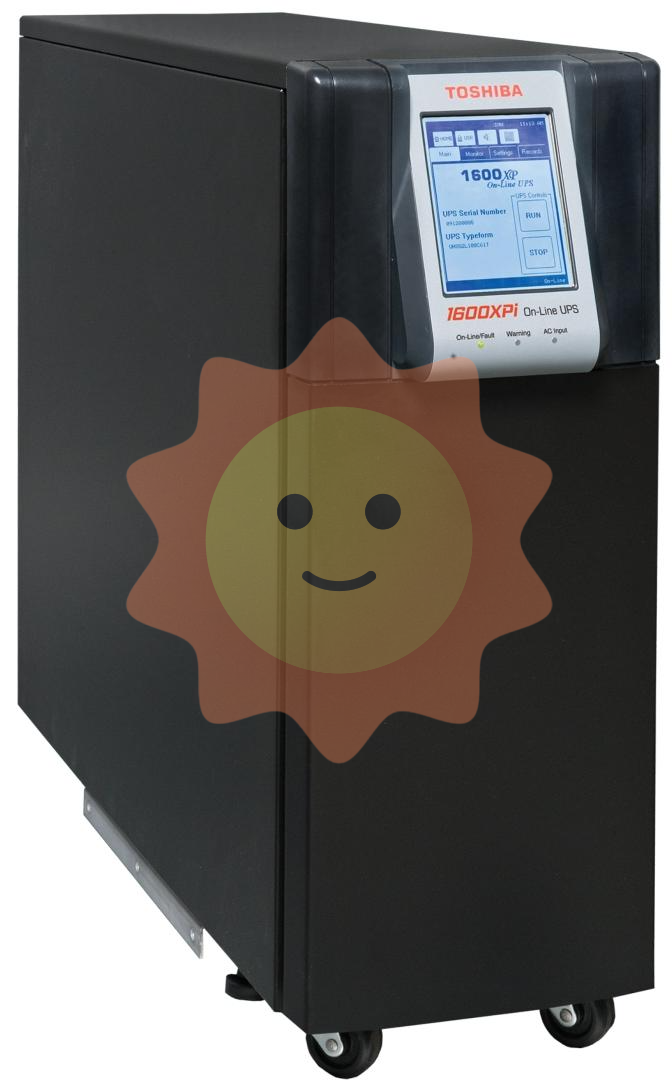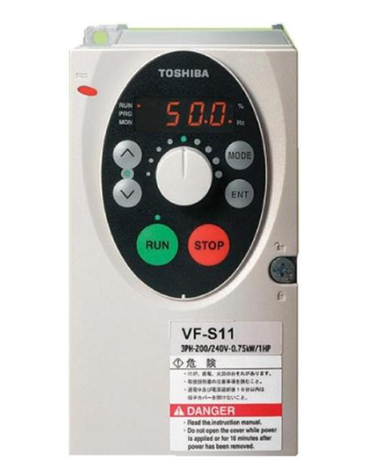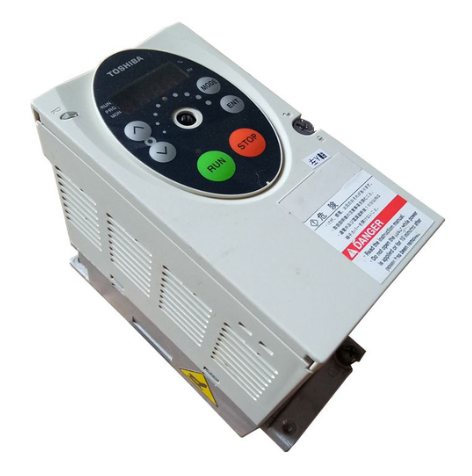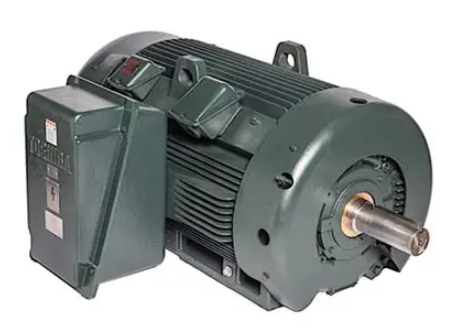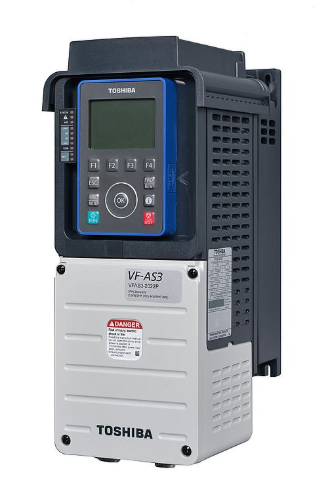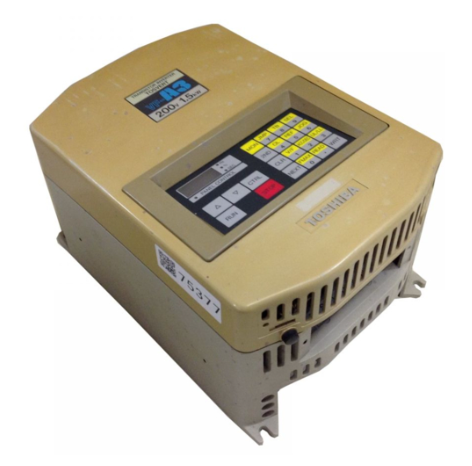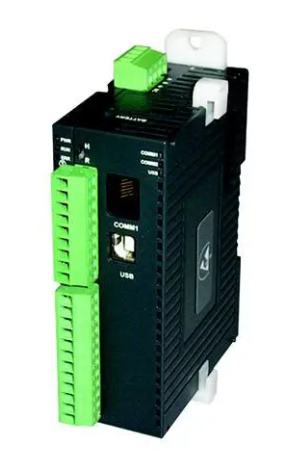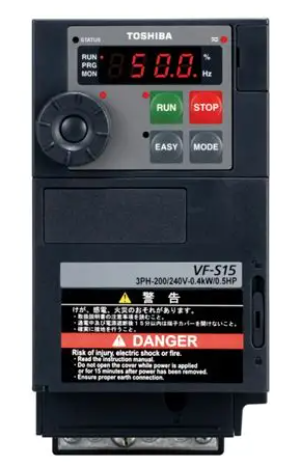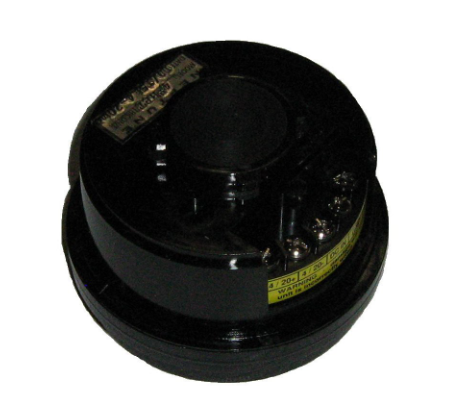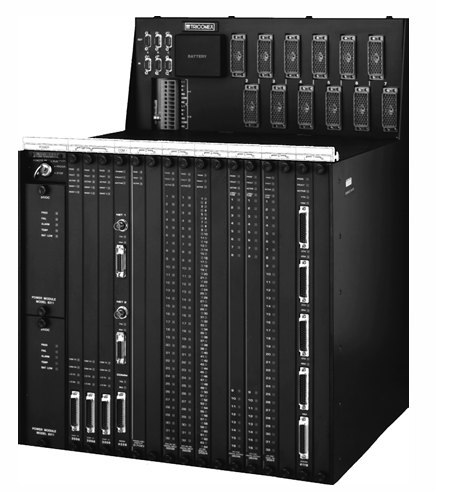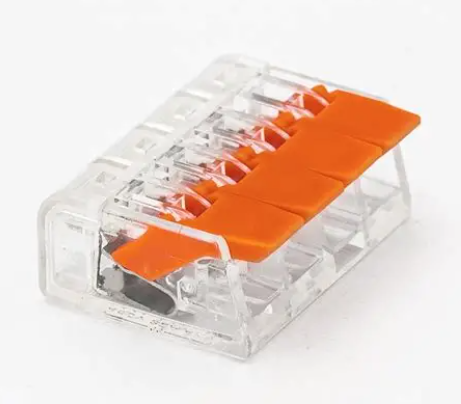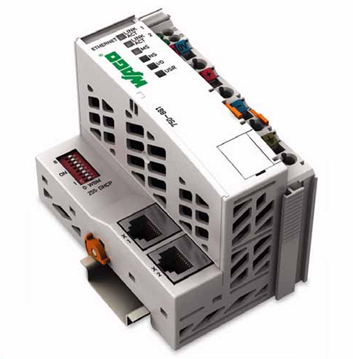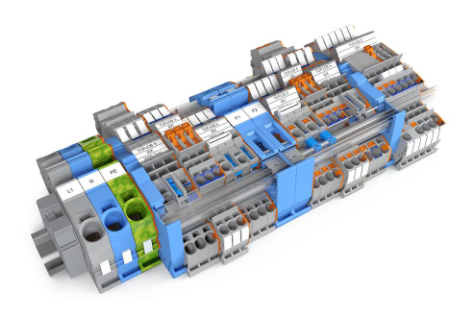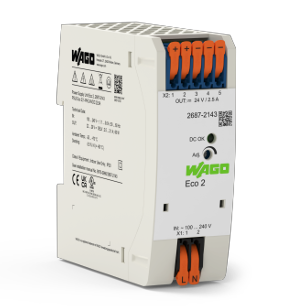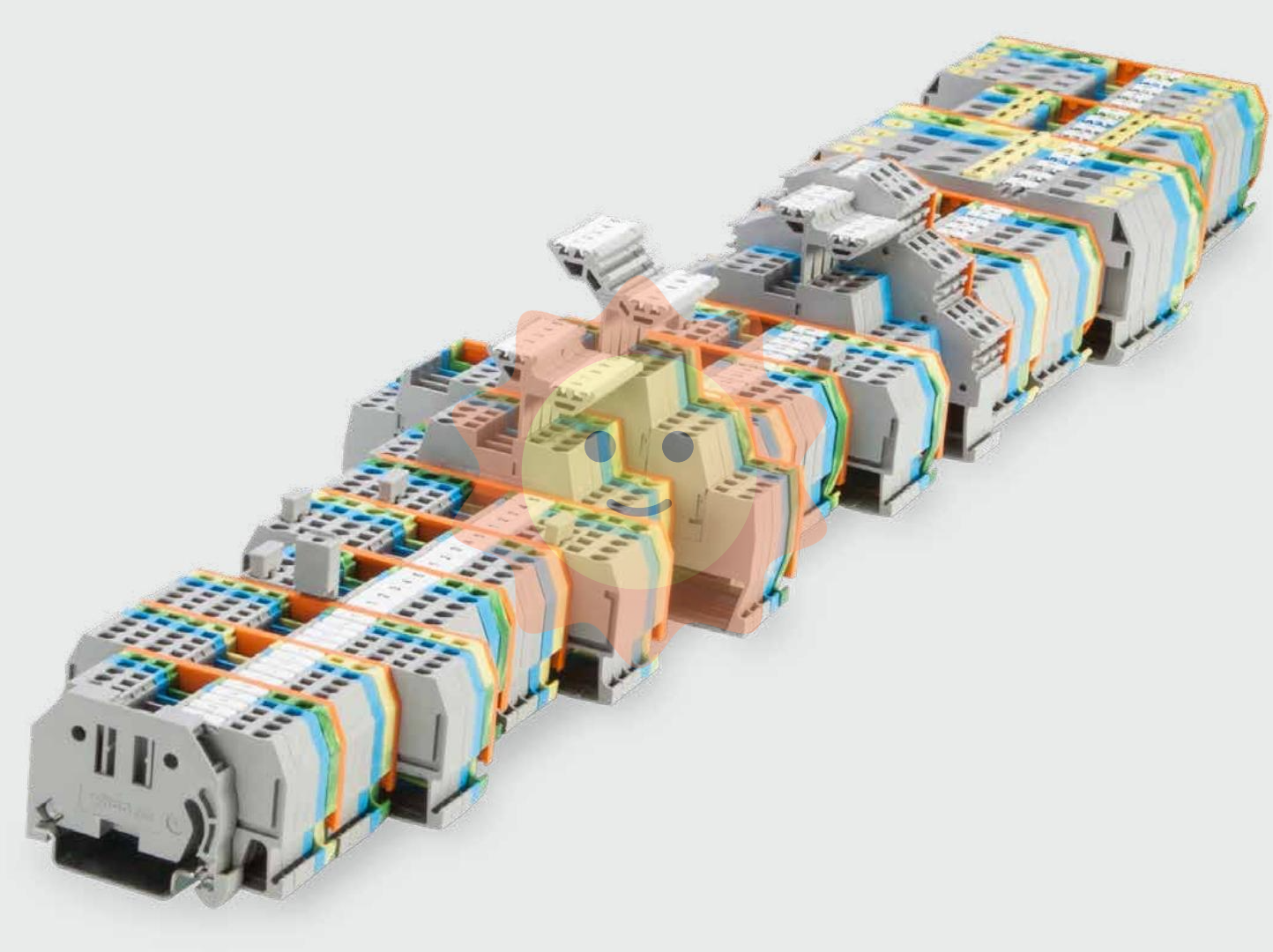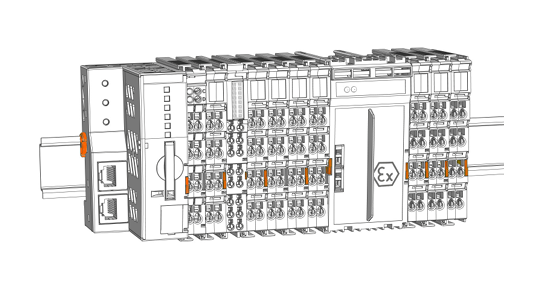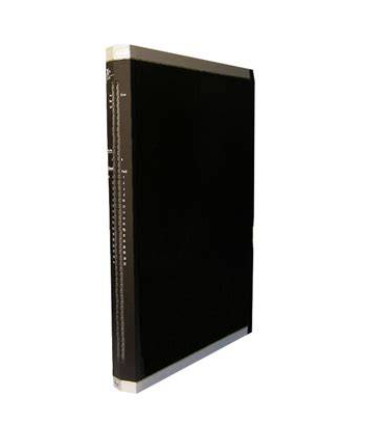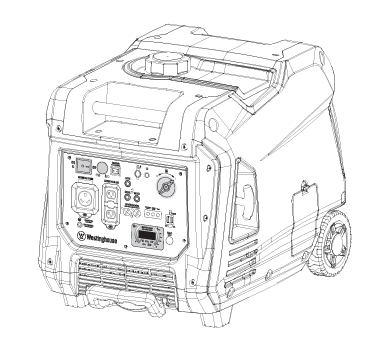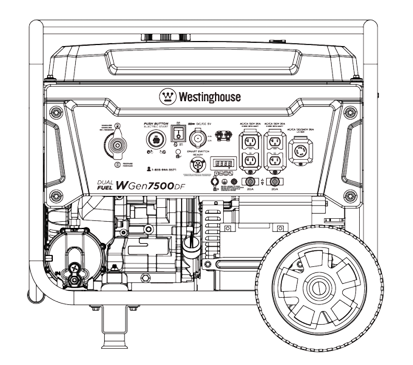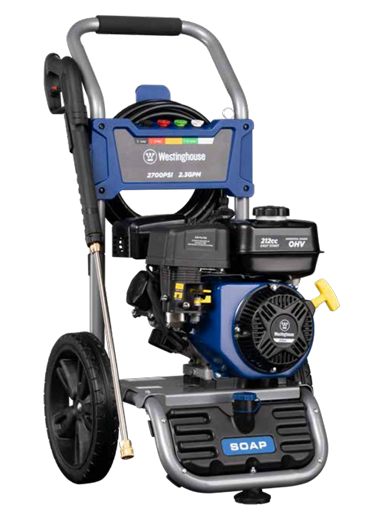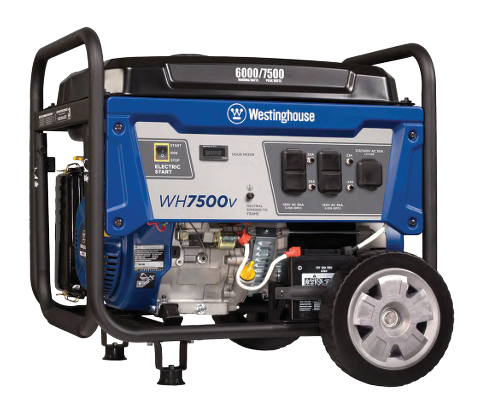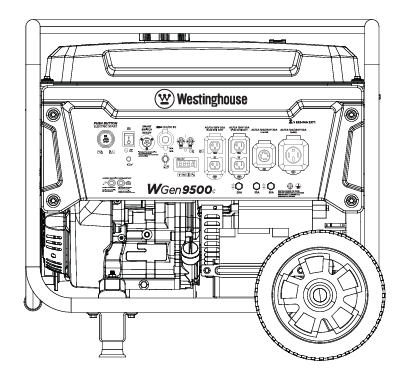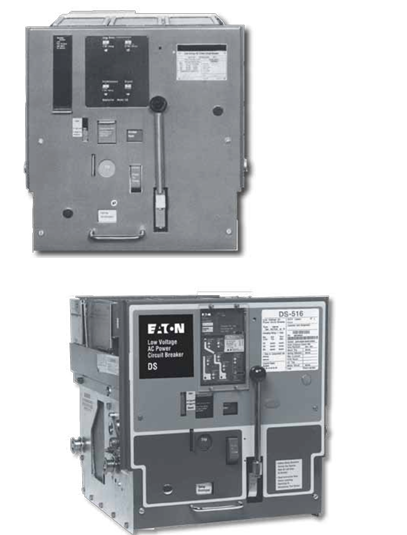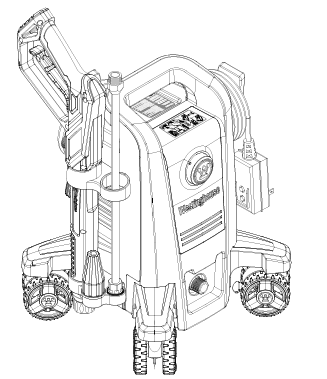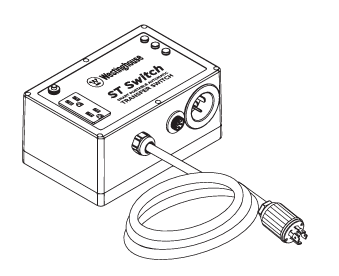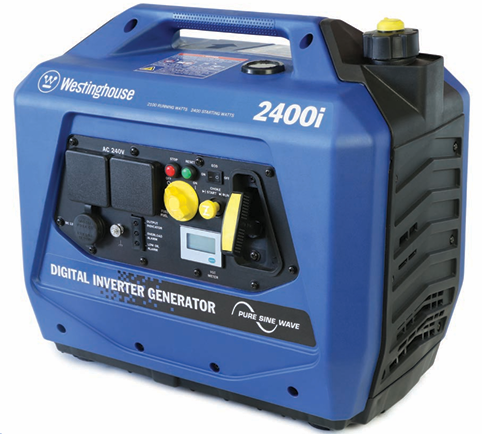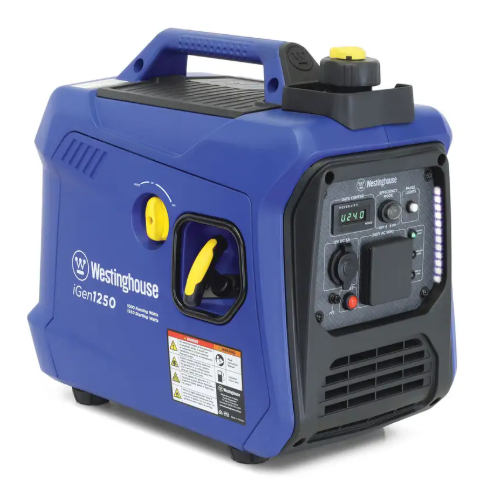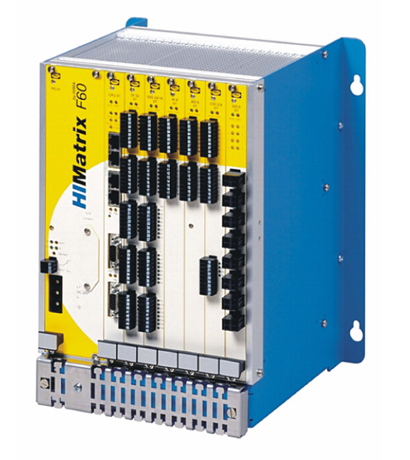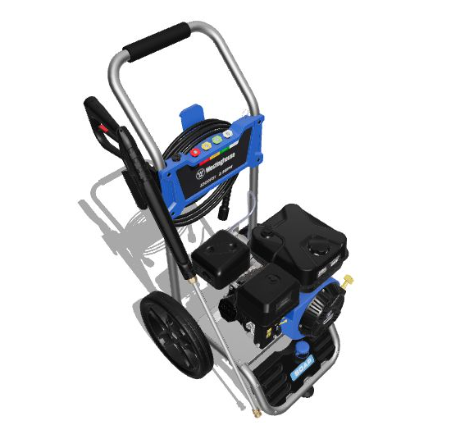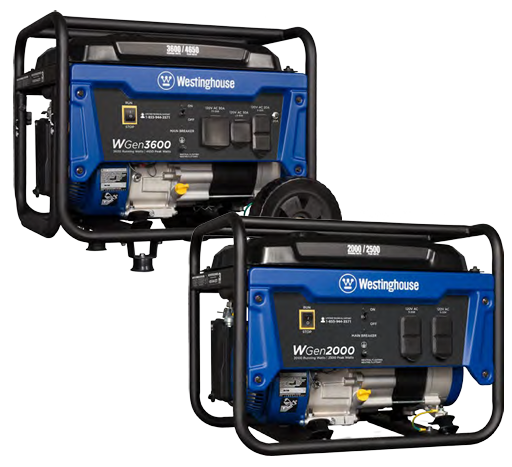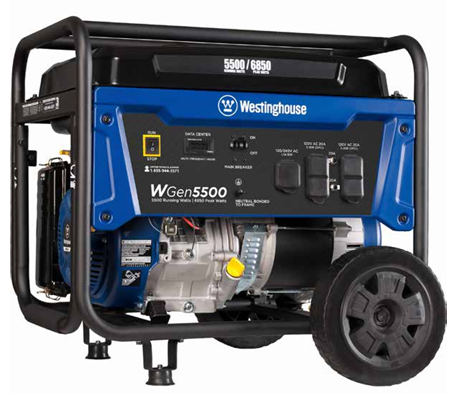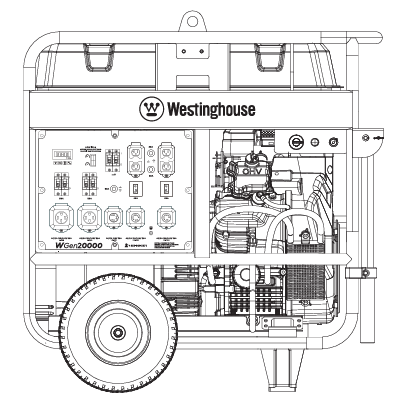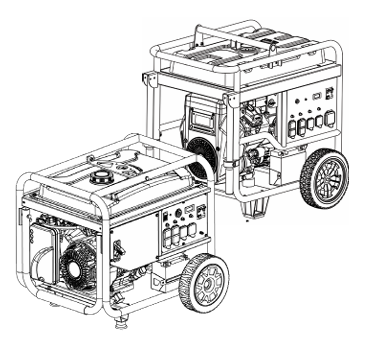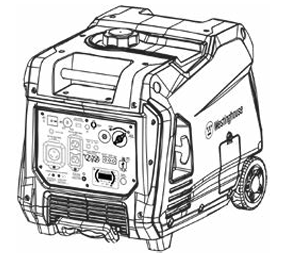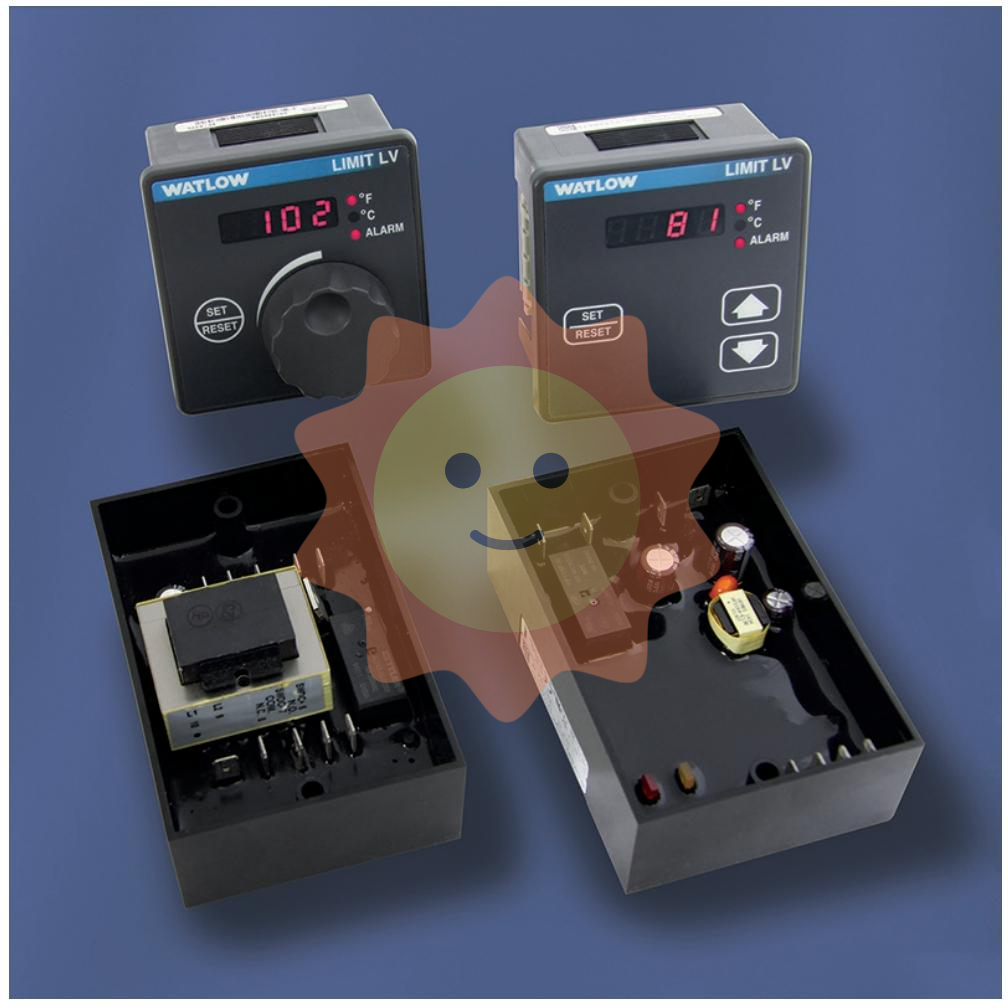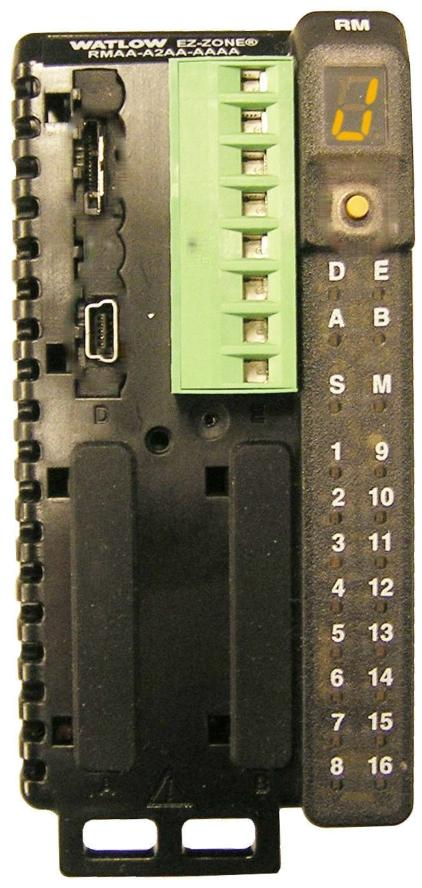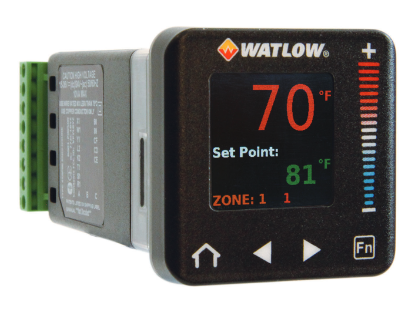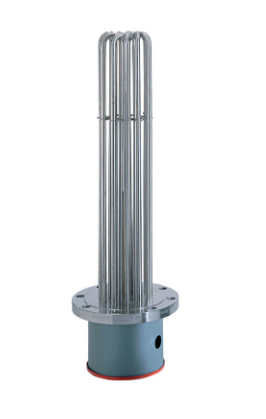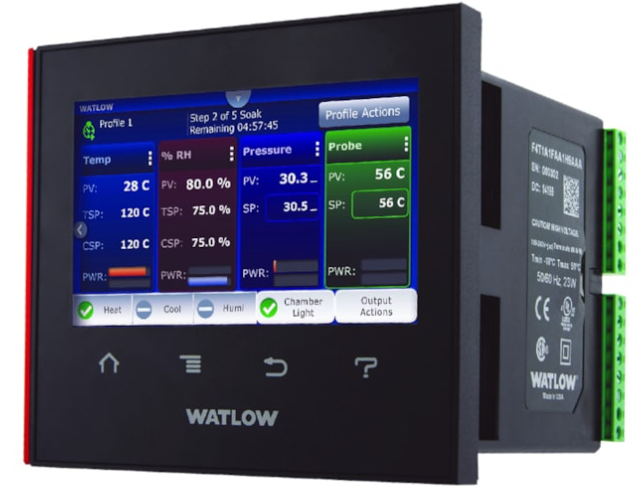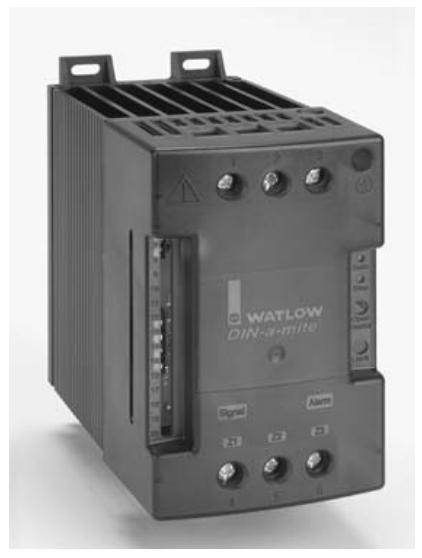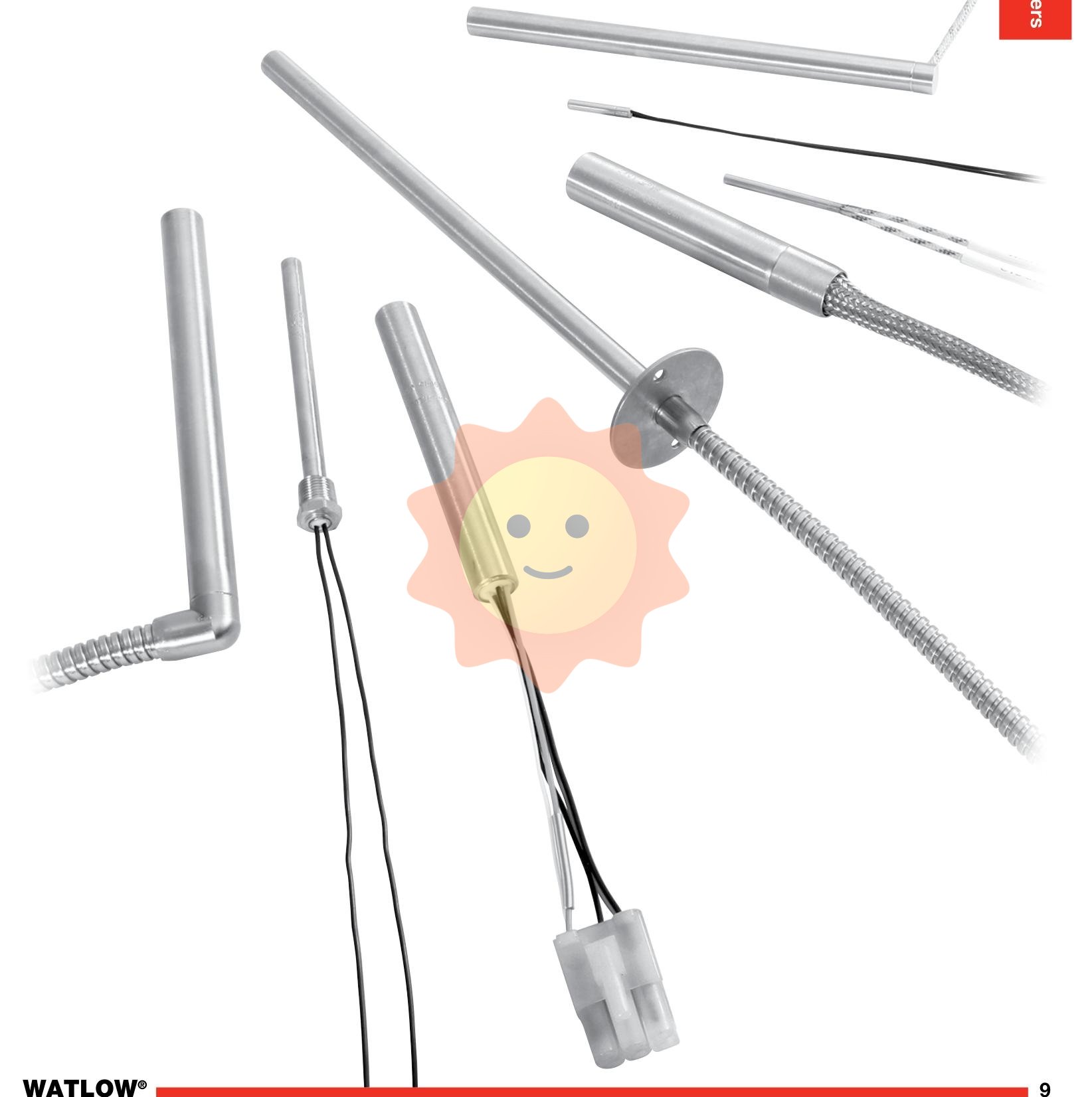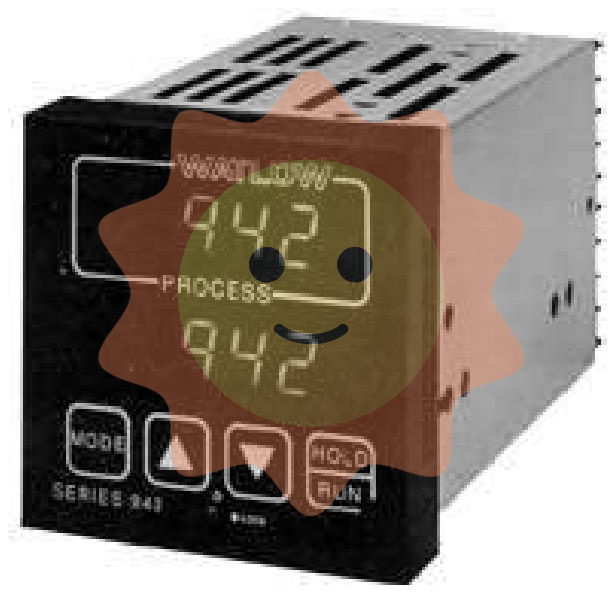GE IS200TRLYHIB Relay Output Terminal Board
GE IS200TRLYHIB Relay Output Terminal Board
Part Number IS200TRLYHIB Manufacturer General Electric Country of Manufacture As Per GE Manufacturing Policy Series Mark VI/VIe Function Module Availability In StockThe IS200TRLYH1B is a Relay Output Terminal Board developed by GE under the Mark VIe series. There are 12 plug-in magnetic relays on the Relay Output with Coil Sensing (TRLY1B) terminal board. The first six relay circuits can be set up with jumpers to drive external solenoids or dry, Form-C contact outputs.
For field solenoid power, a basic 125 V dc or 115/230 V ac source or an optional 24 V dc source with personal jumper-selectable fuses and onboard suppression can be offered. The next five relays (7芒聙聯11) are isolated Form-C contacts that are not powered. An isolated Form-C contact is used on output 12 for specialized uses like ignition transformers. IS200TRLYH1B COMPATIBILITY Simplex and TMR applications are supported by the PDOA/YDOA I/O pack when using the TRLY 1B.
The terminal board's DC-37 pin connections accept the I/O pack as a plug-in. For simplex systems, connector JA1 is used, while for TMR systems, connectors JR1, JS1, and JT1 are used. IS200TRLYH1B INSTALLATION Wire the two I/O terminal blocks on the terminal board, TRLY1B Terminal Board Wiring, directly with the wires for the 12 relay outputs. Each block has 24 terminals that may accommodate wires up to #12 AWG and is secured with two screws. Each terminal block has a shield terminal strip on the left side that is connected to chassis ground. The solenoid power for outputs 1-6 should be connected to JF1. Power can be daisy-chained to additional TRLYs using JF2. Alternatively, when JF1/JF2 are not in use, power can be connected directly to TB3. Connect output 12 of the special solenoid to connector JG1 to provide electricity.
The factory removes jumpers JP1-JP6 and ships them in a plastic bag. If a field solenoid needs electricity, reinstall the proper jumper. Check each loop's energization individually in accordance with best practices, and install the jumpers as necessary. Remove the fuses from isolated contact applications to make sure that the power bus is free of suppression leakage.
IS200TRLYH1B Specifications
Number of relay channels on one TRLY1B board
12
6 relays, with optional solenoid driver voltages
5 relays, with dry contacts only
1 relay, with 7 Ampere rating
The rated voltage on relays
Nominal 125 V dc or 24 V dc
Nominal 115/230 V ac
Max load current
0.6 Ampere for 125 V dc operation
3.0 Ampere for 24 V dc operation
3.0 Ampere for 115/230 V ac, 50/60 Hz operation
Max response time on
25 ms typical
Max response time off
25 ms typical
Diagnostics
The following diagnostic procedures are performed on the terminal boards' components:
At the frame rate, each relay's output (coil current) is monitored and compared to the command. An alarm is latched if there is no agreement after two inspections in a row.
An alarm is latched if the solenoid excitation voltage drops below 12 V dc, which is monitored downstream of the fuses.
A composite diagnostics alert, L3DIAG xxxx, is triggered if any one of the outputs becomes unhealthy.
A hardware incompatibility fault is produced when an ID chip is read by the I/O processor and a mismatch is discovered.
Monitoring of relay contact voltage.
The configuration application has information about each diagnostic's specifics. The diagnostic signals can be individually latched and, if they become healthy, reset with the RESET DIA signal.
Configuration
Adjustments to the board are made as follows:
JP1–JP12 jumpers
Insert jumpers for the chosen relays if contact voltage sensing is necessary.
FU1–FU12 fuses
Two fuses should be added to each power circuit supplying relays 1-6 if electricity is required for them. For instance, FU1 and FU7 provide power to relay output 1.
IS200TRLYH1B Features
On the left edge of the board are huge black terminal blocks. Each terminal block contains twenty-four silver metal terminals. There are a total of 48 terminals in all. On the terminal blocks, each terminal has been designated in white type. On the right side of the board, there are four connector ports.
Three connector ports are vertically aligned on the edge, while the fourth sits parallel to the connector port at the bottom.
A transistor is located on both sides of each relay. A circular red MOV, or metal oxide varistor, is paired with each transistor. On the upper part of the board, five of these relays are vertically aligned. On the lower portion of the PCB, five more relays have been aligned.

- User name Member Level Quantity Specification Purchase Date
- Satisfaction :
-









Email:wang@kongjiangauto.com

